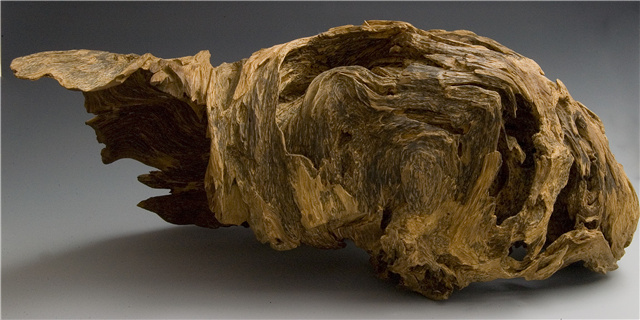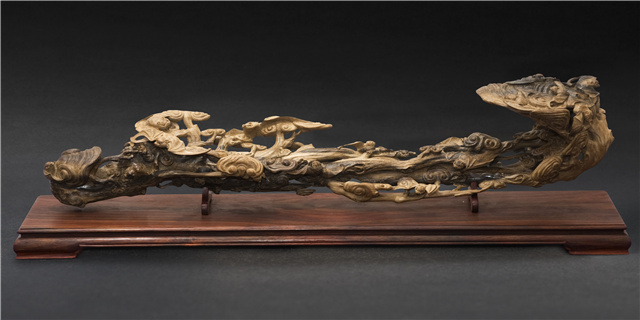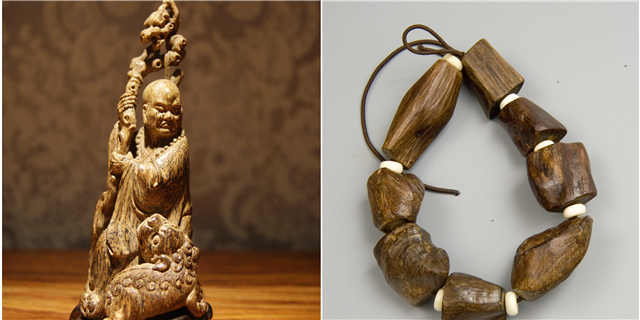Technique of Making Incense from Agilawood
Incense-making culture has a long history in China. The process of making incense from agilawood took a place in the hearts of people of past dynasties, and integrated itself into people’s life. In 2014, the process of making incense from agilawood was listed by Xuhui District People’s Government in the list of the sixth batch of District-level Intangible Cultural Heritage in Xuhui District. Incense-making culture emerged as early as the Zhou Dynasty. Back then, incense was burned to worship the heaven. During the Tang and Song Dynasties, incense-making skill peaked, and almost every household had its own incense-making skill passed down from previous generations, thus forming a popular culture. There was incense adding to the fun everywhere: living rooms, outdoors, banquets and celebrations. However, the inheritance of the process of making incense from agilawood was broken off during the period of the Republic of China and after the founding of the People’s Republic of China. Now, the culture of making incense from agilawood is far less booming than its heyday. Since 2002, to revitalize the traditional incense-making culture, Yonghetang has spent a lot of money to collect various fragrance materials of agilawood from Southeast Asia and throughout China, and sorted up products of various fragrance quality and characteristics, with the goal of enabling people to get familiar with the traditional culture of making incense from agilawood, as well as the natural treasure of agilawood. In this way, everyone can enjoy the elegance brought about by the fragrance, experience the unique content of the agilawood process, and lift the agilawood culture to a new level, thus further inheriting and promoting the process of making incense from agilawood and adding luster to Chinese traditional culture.




